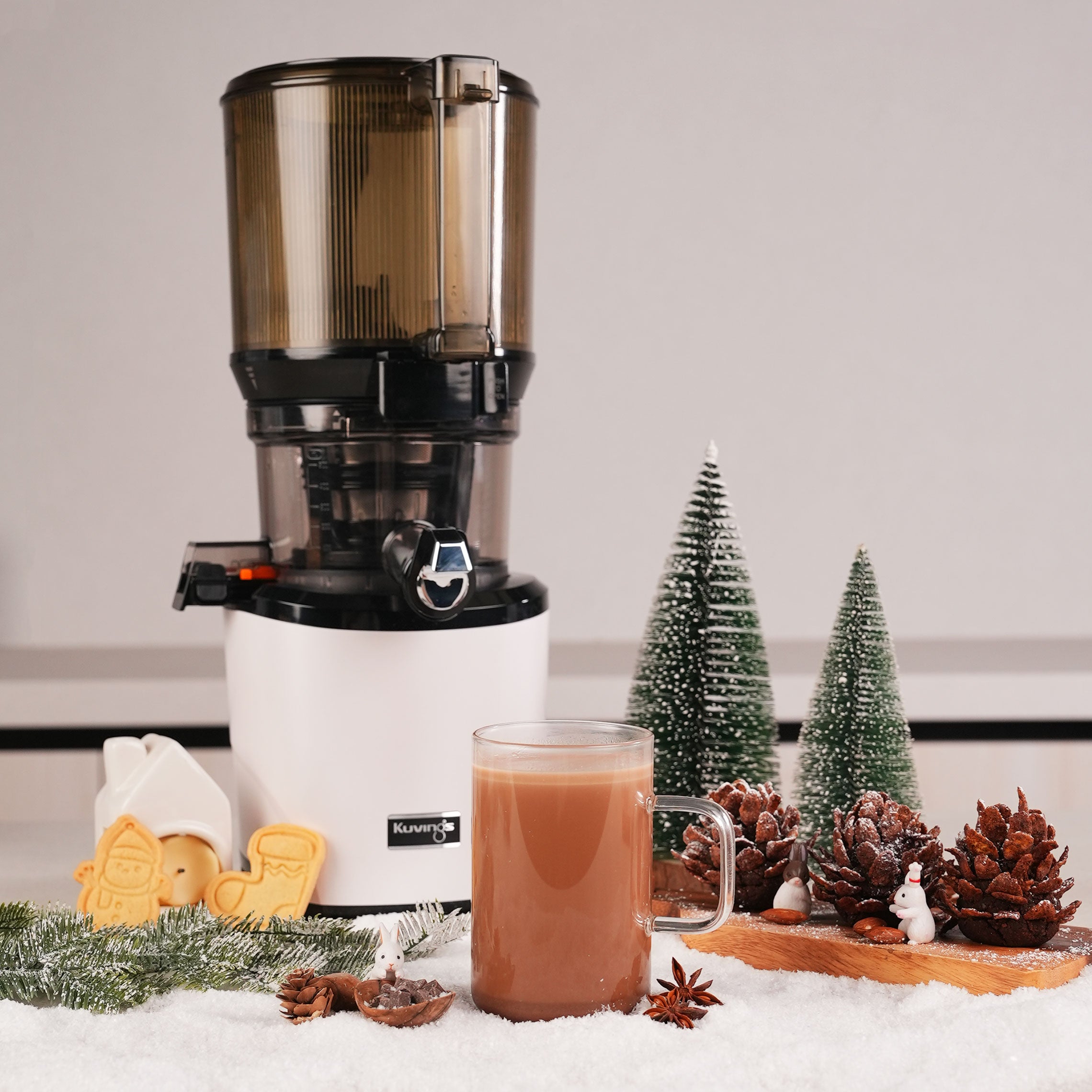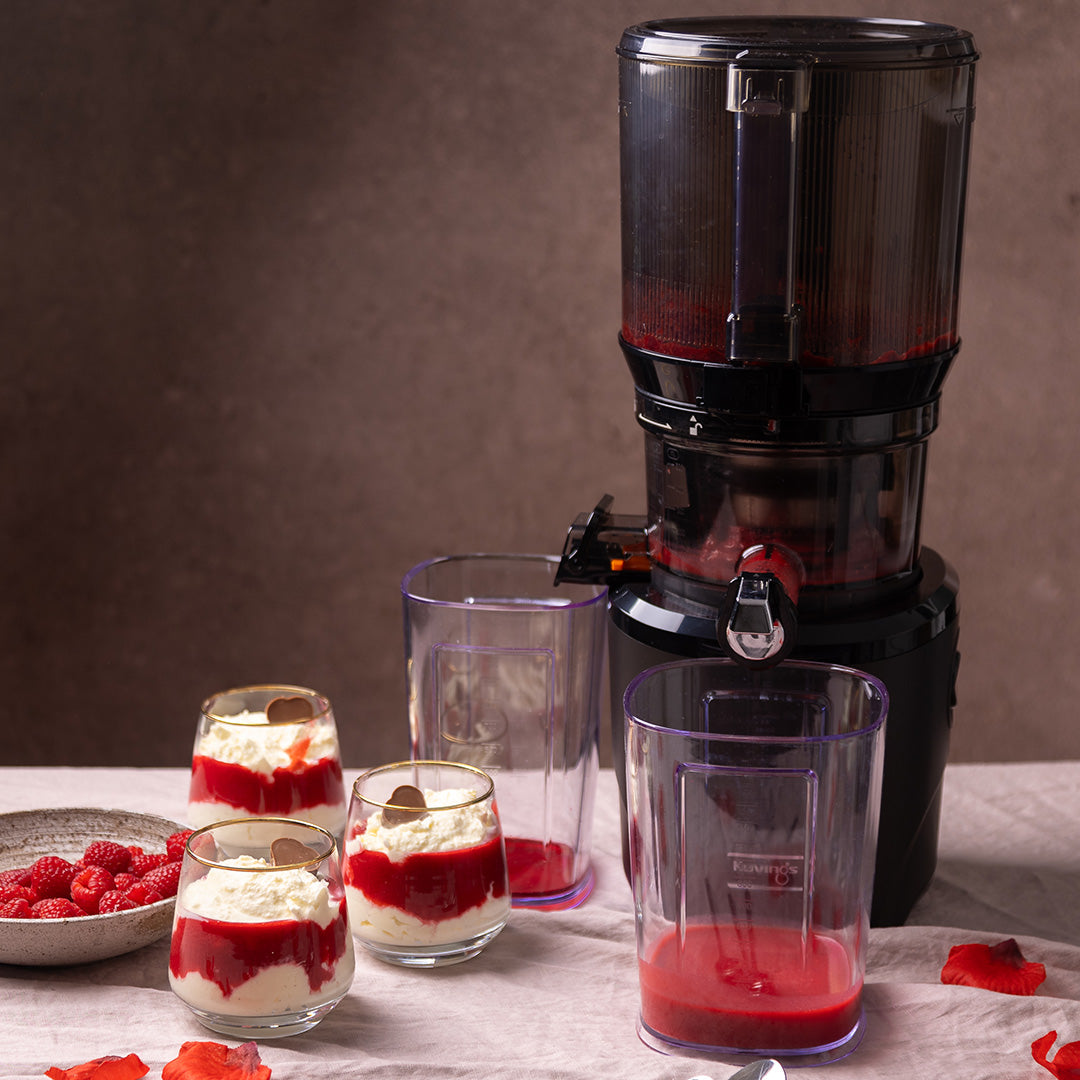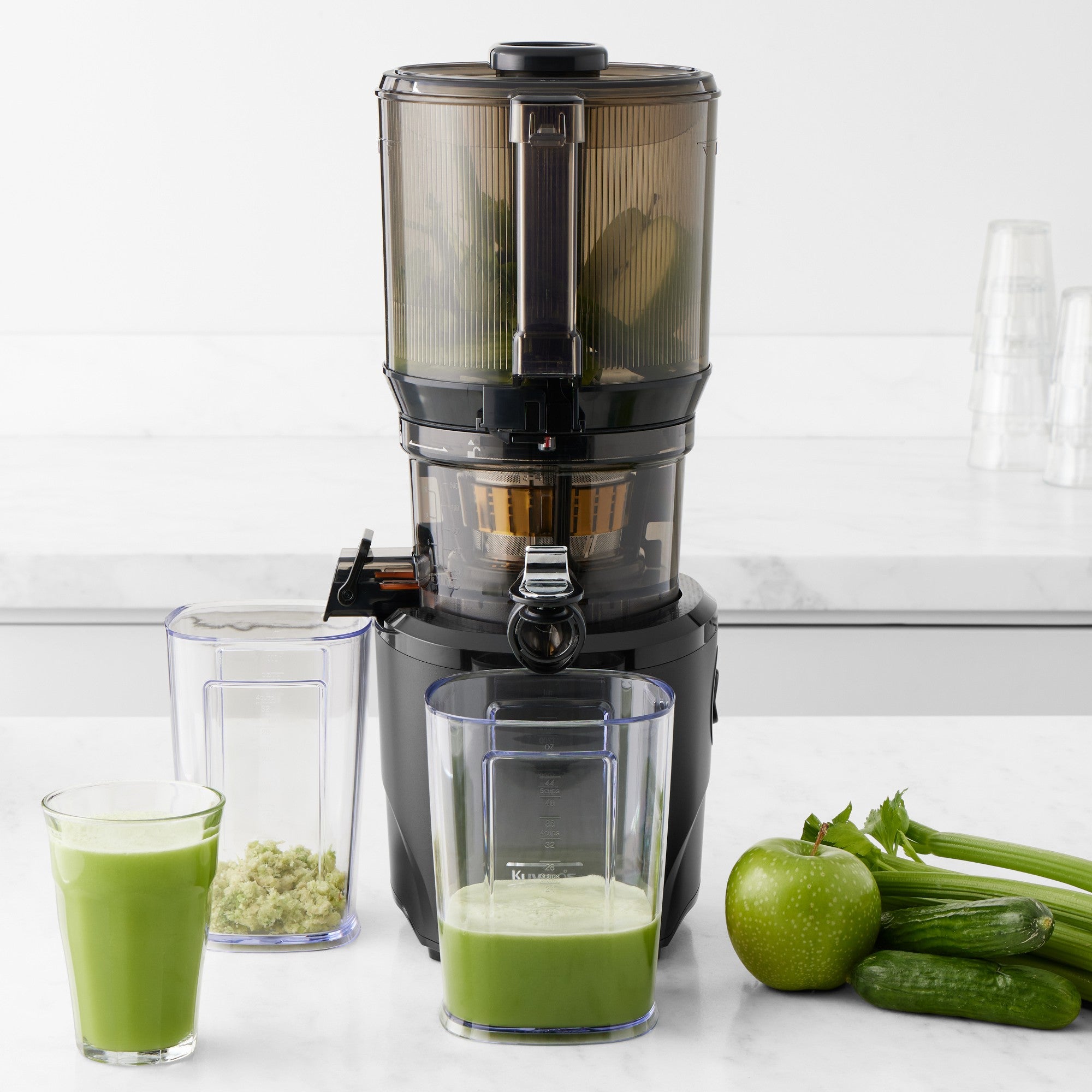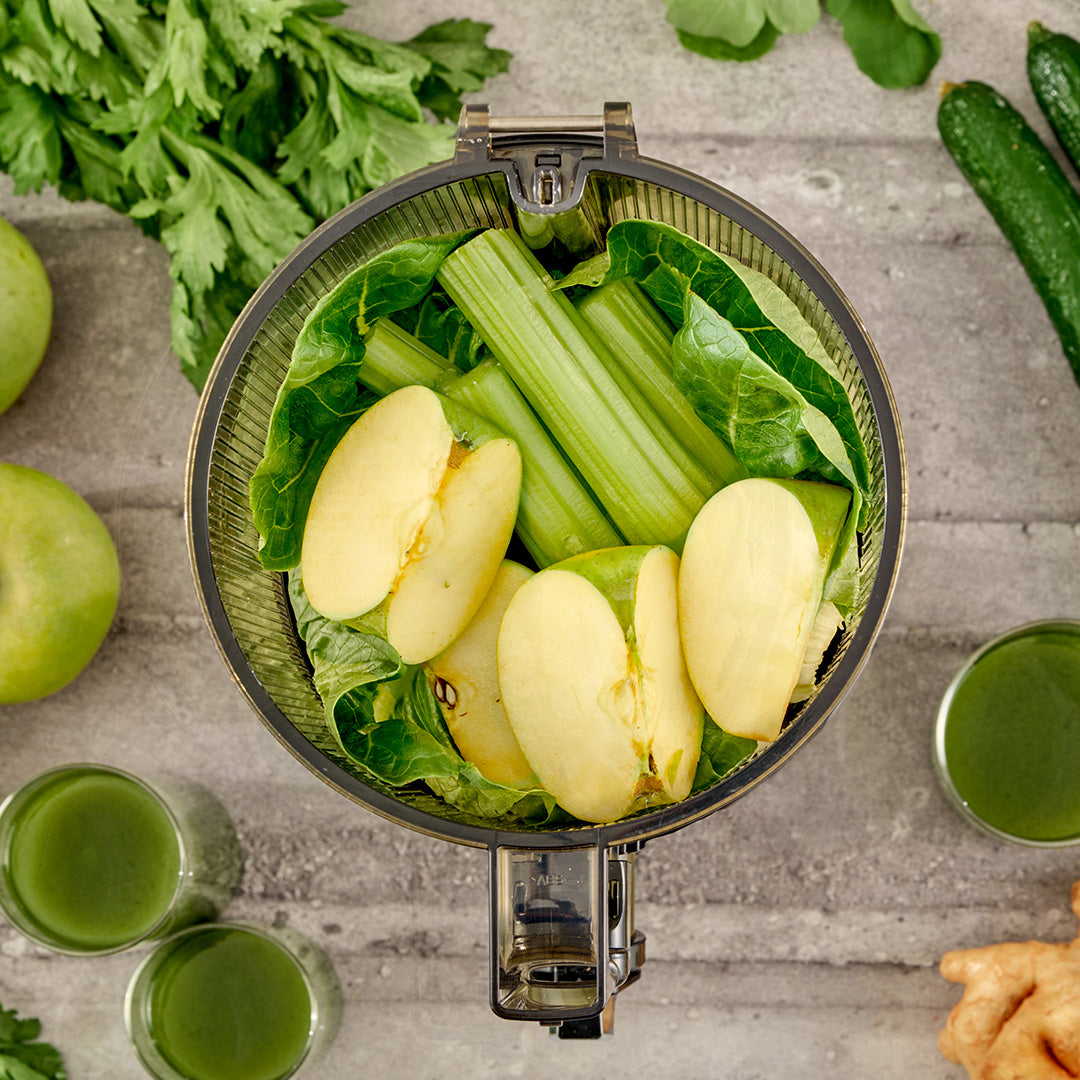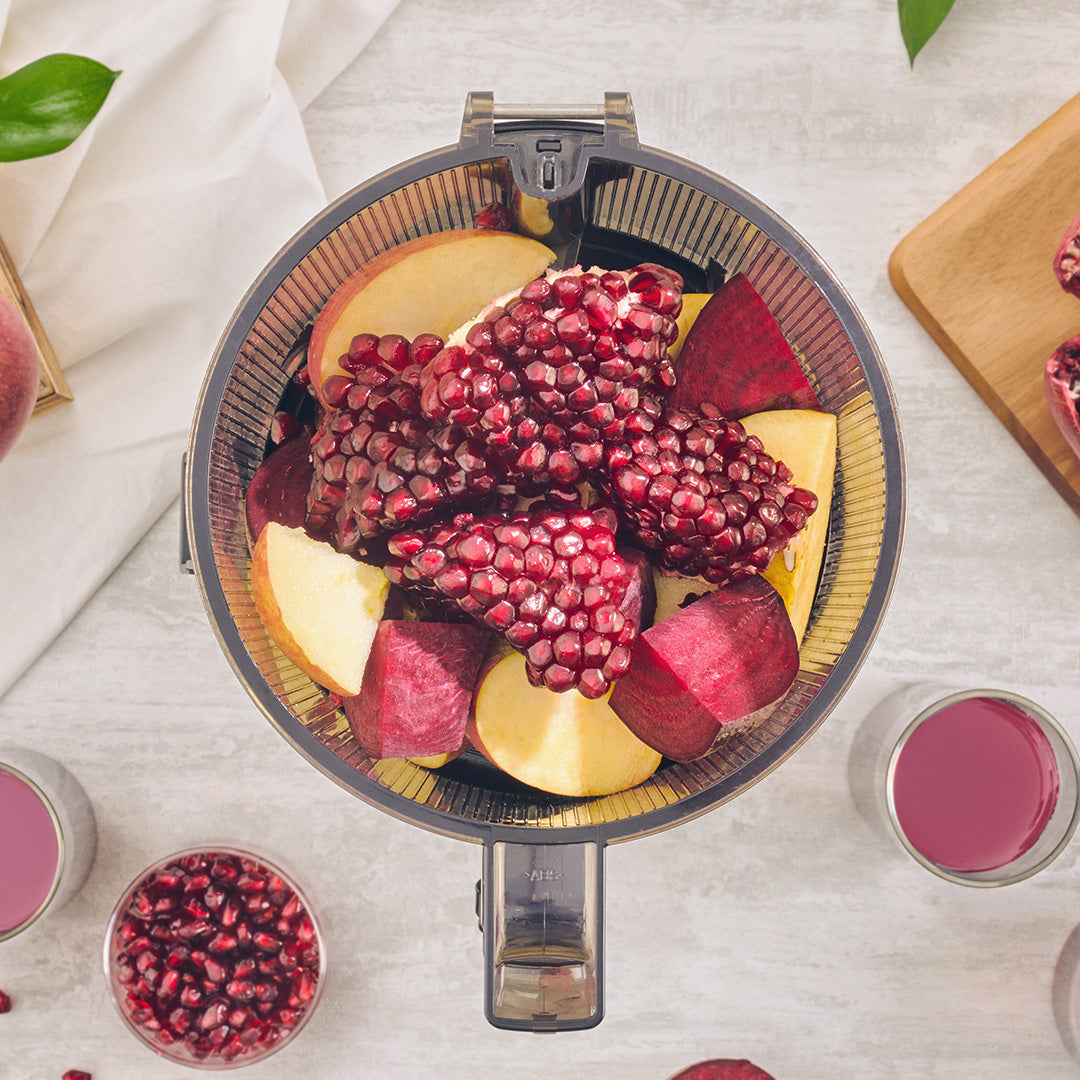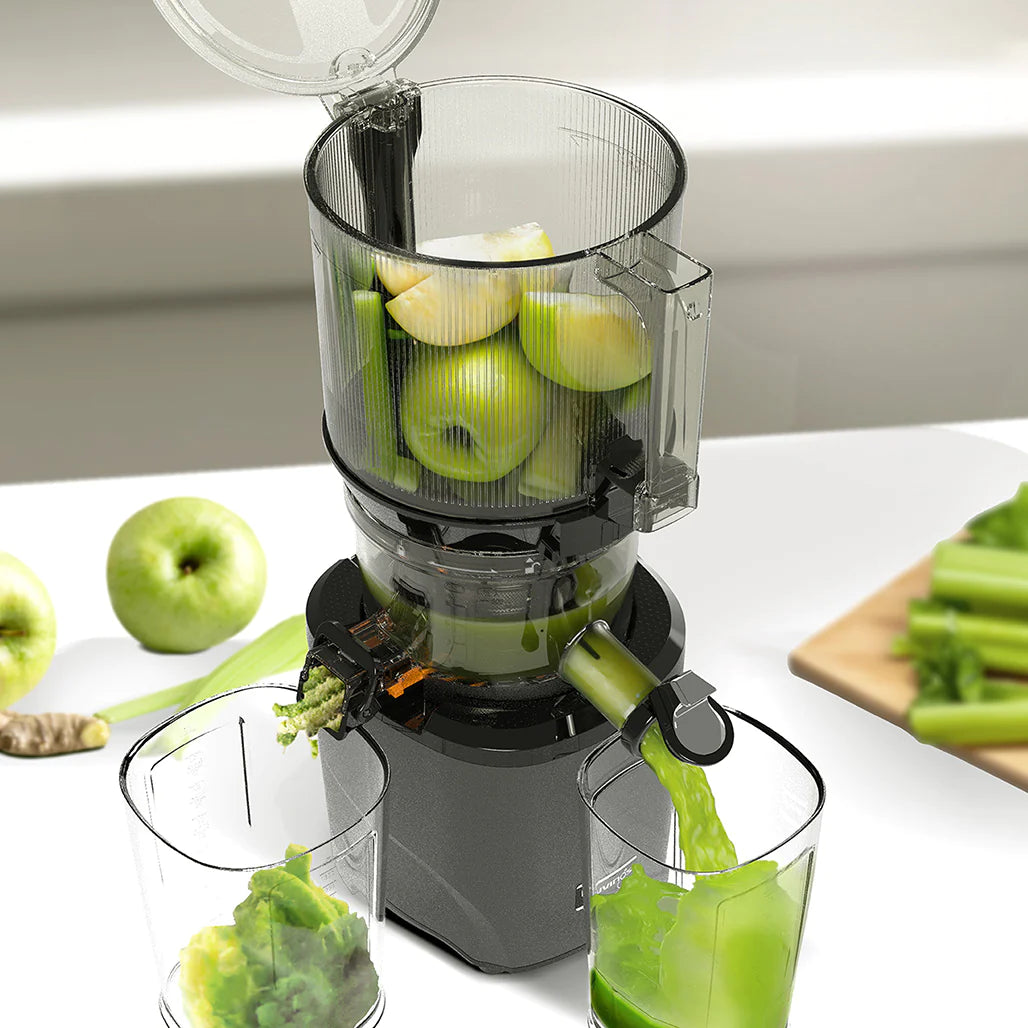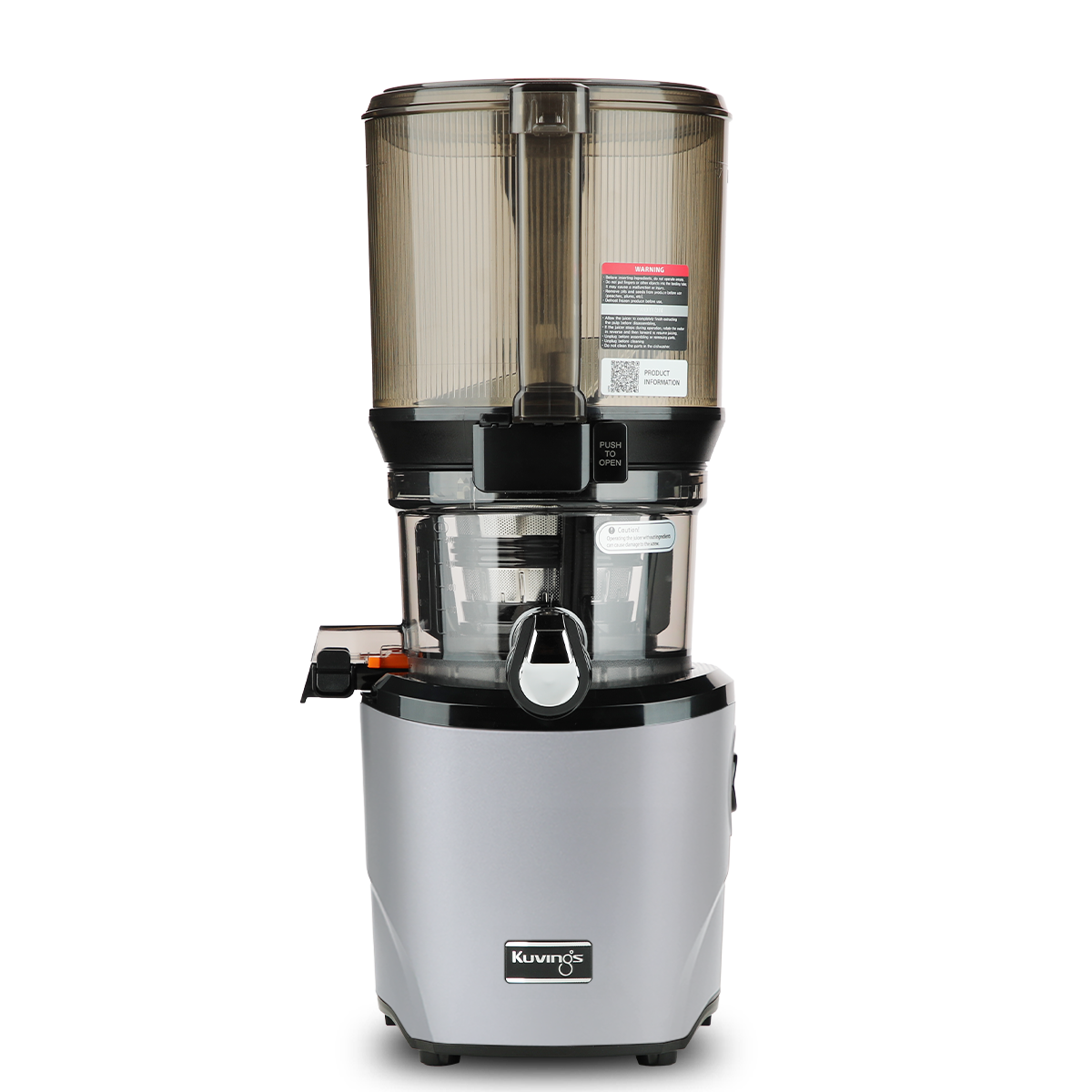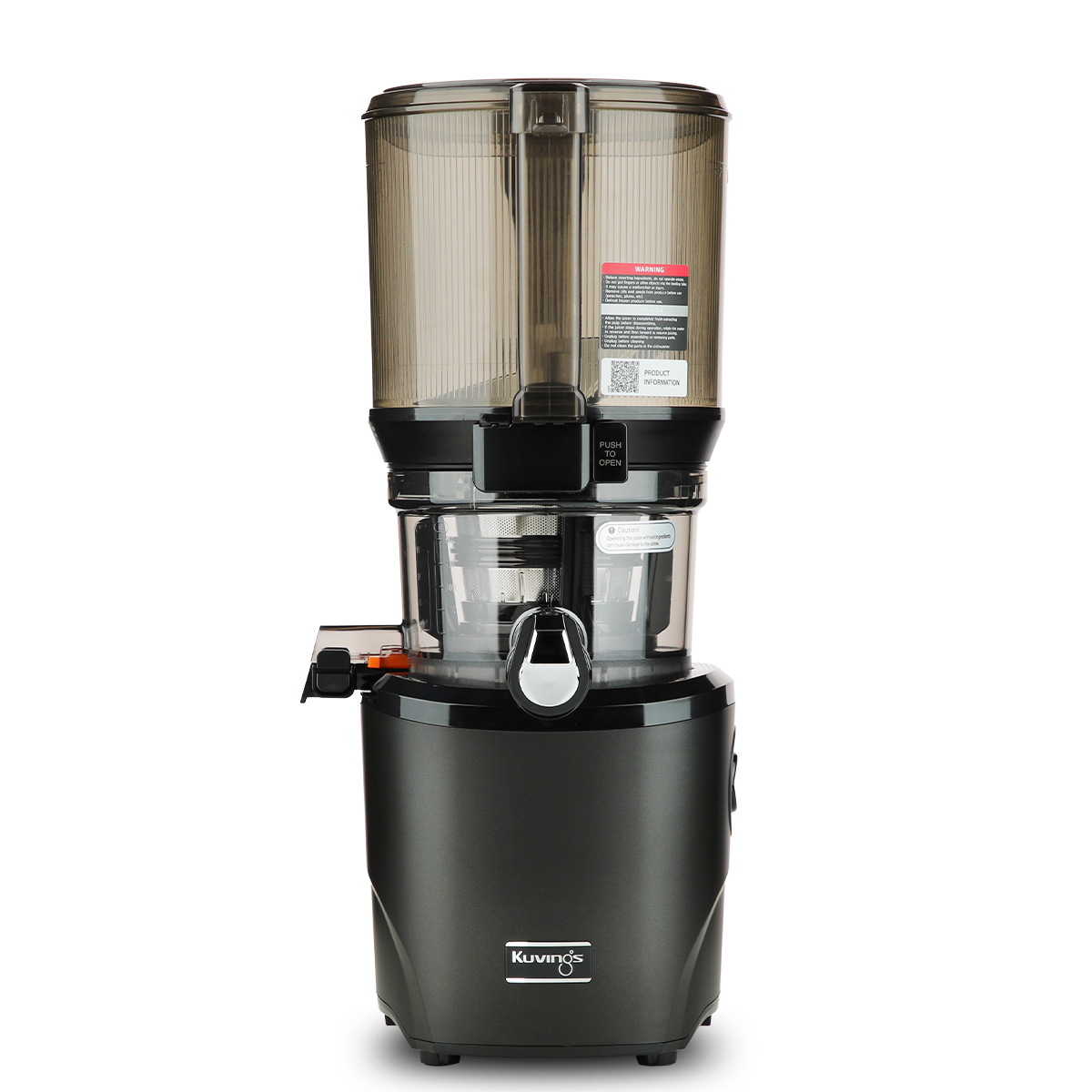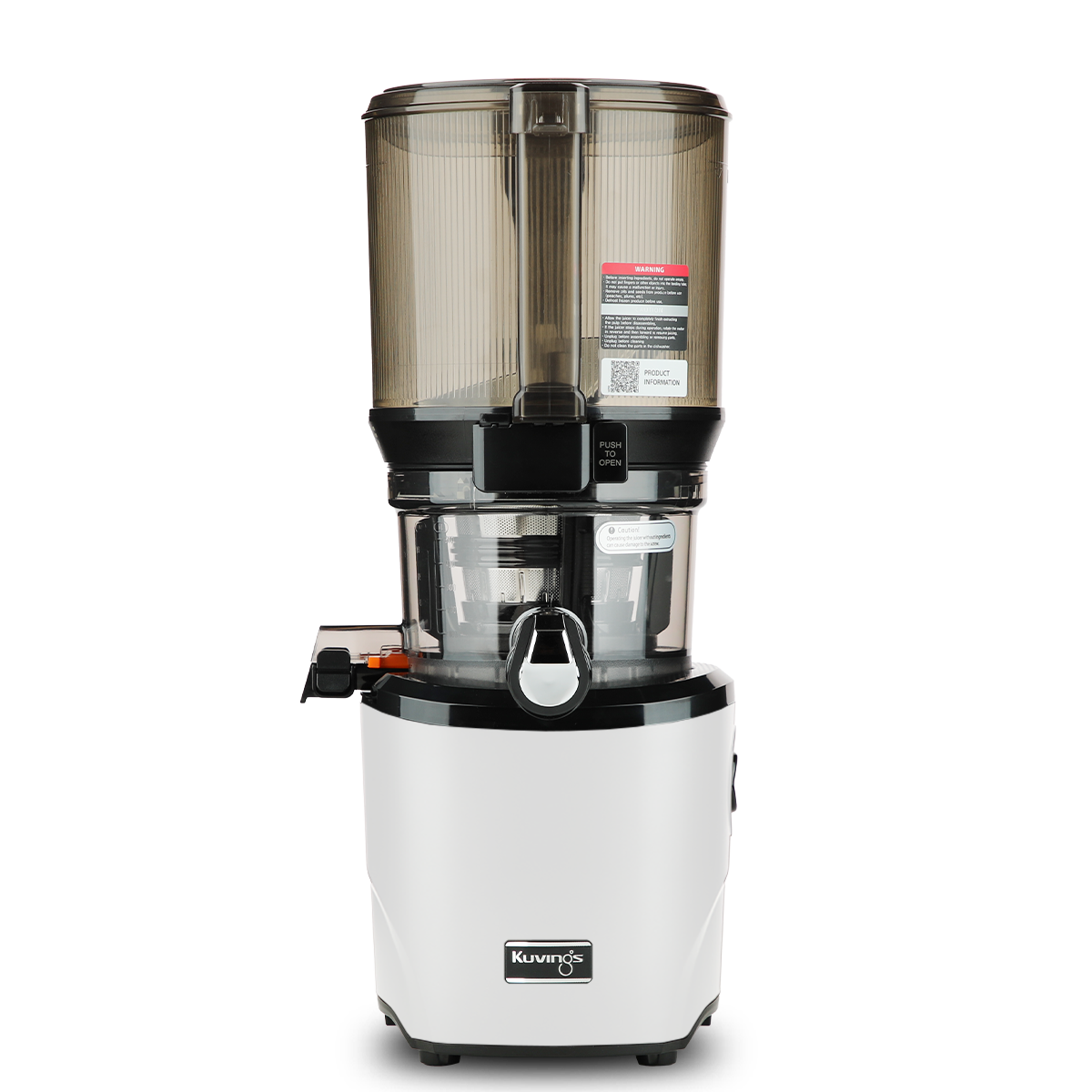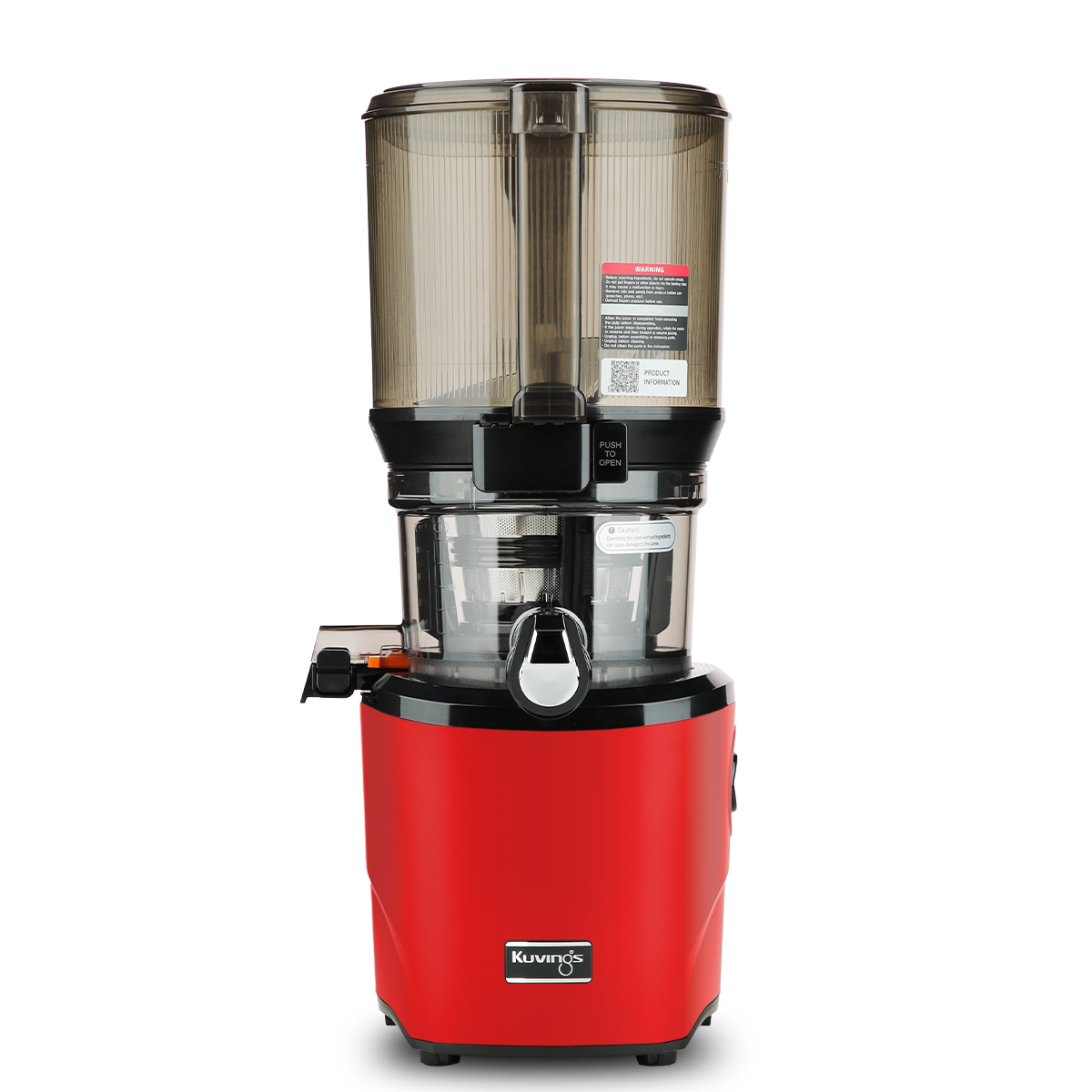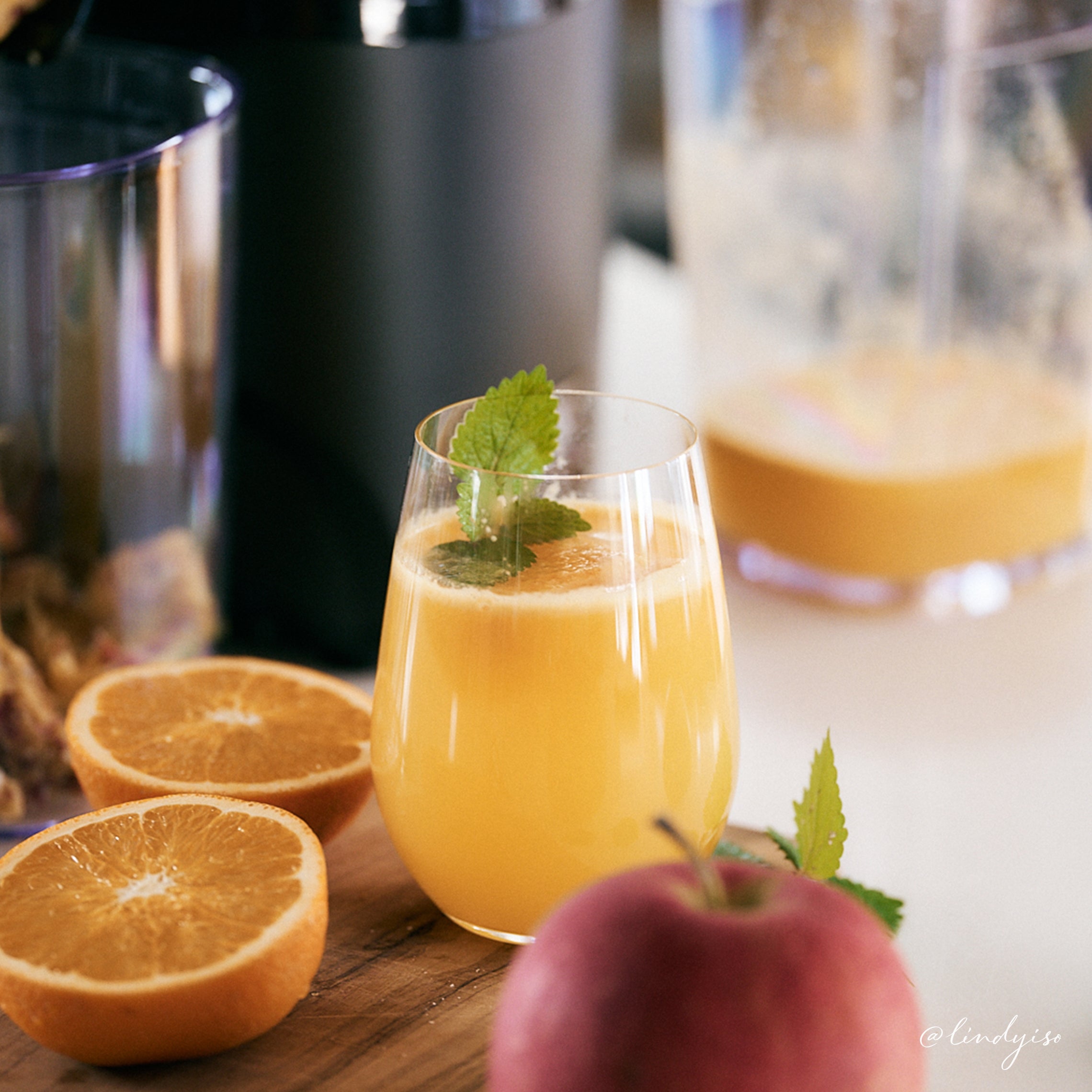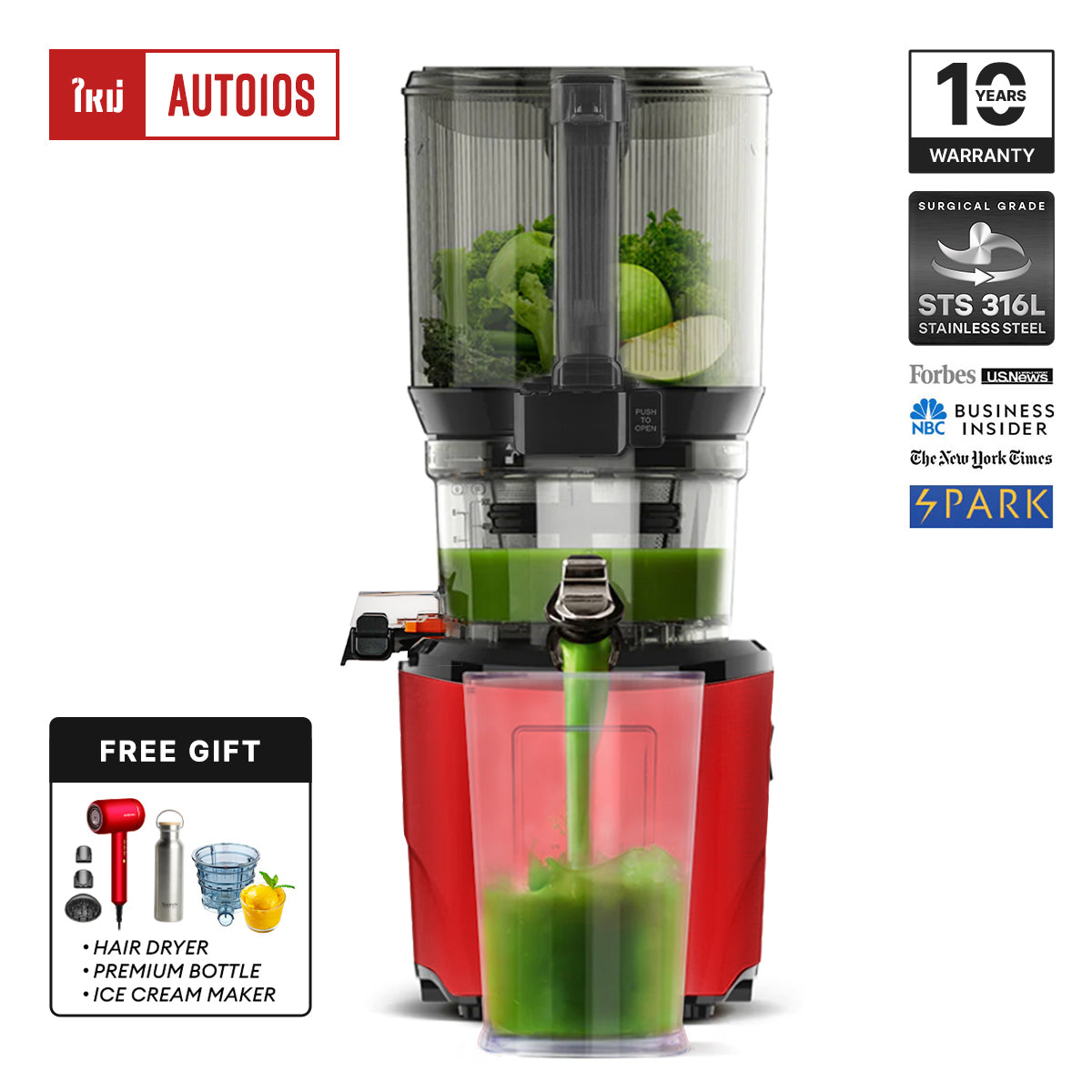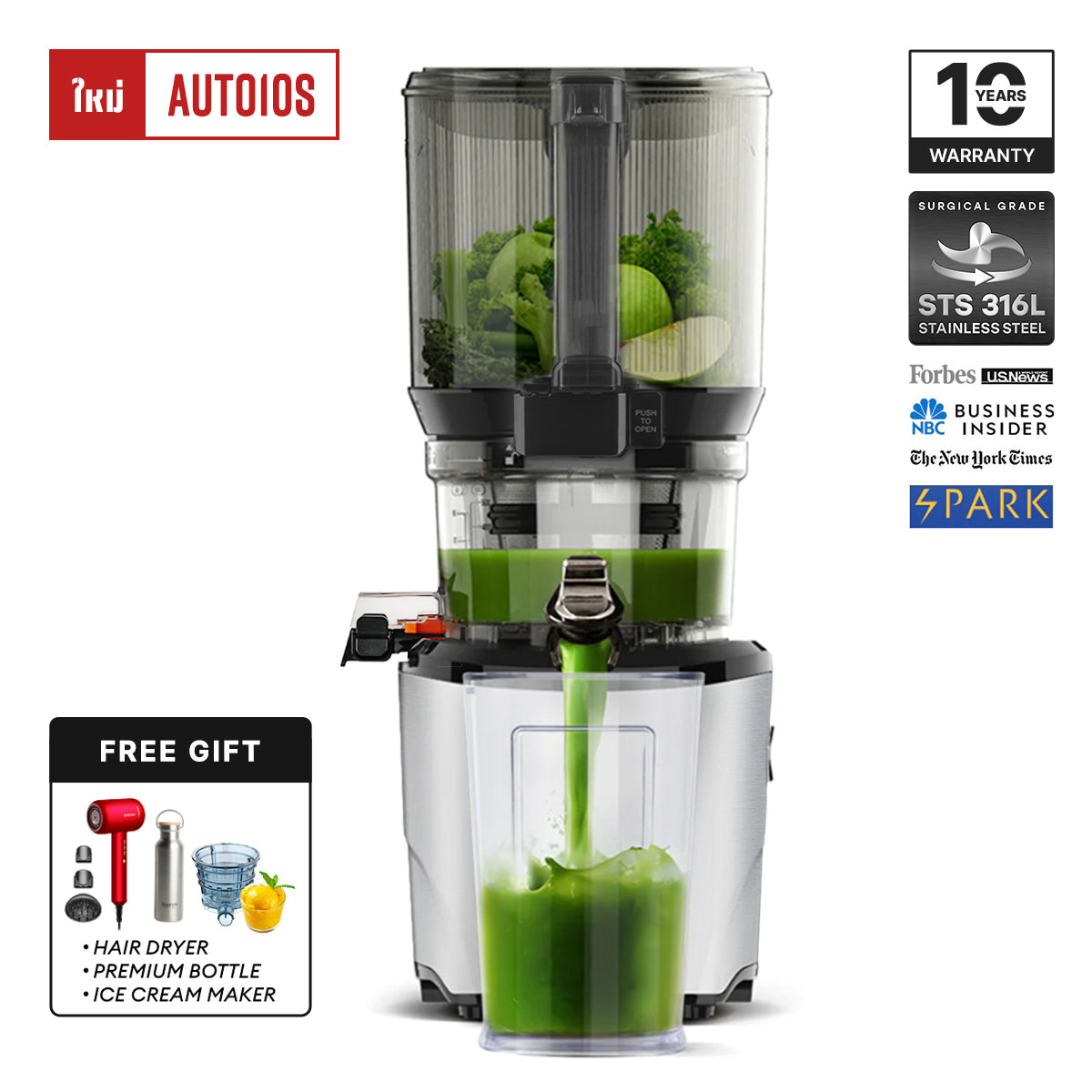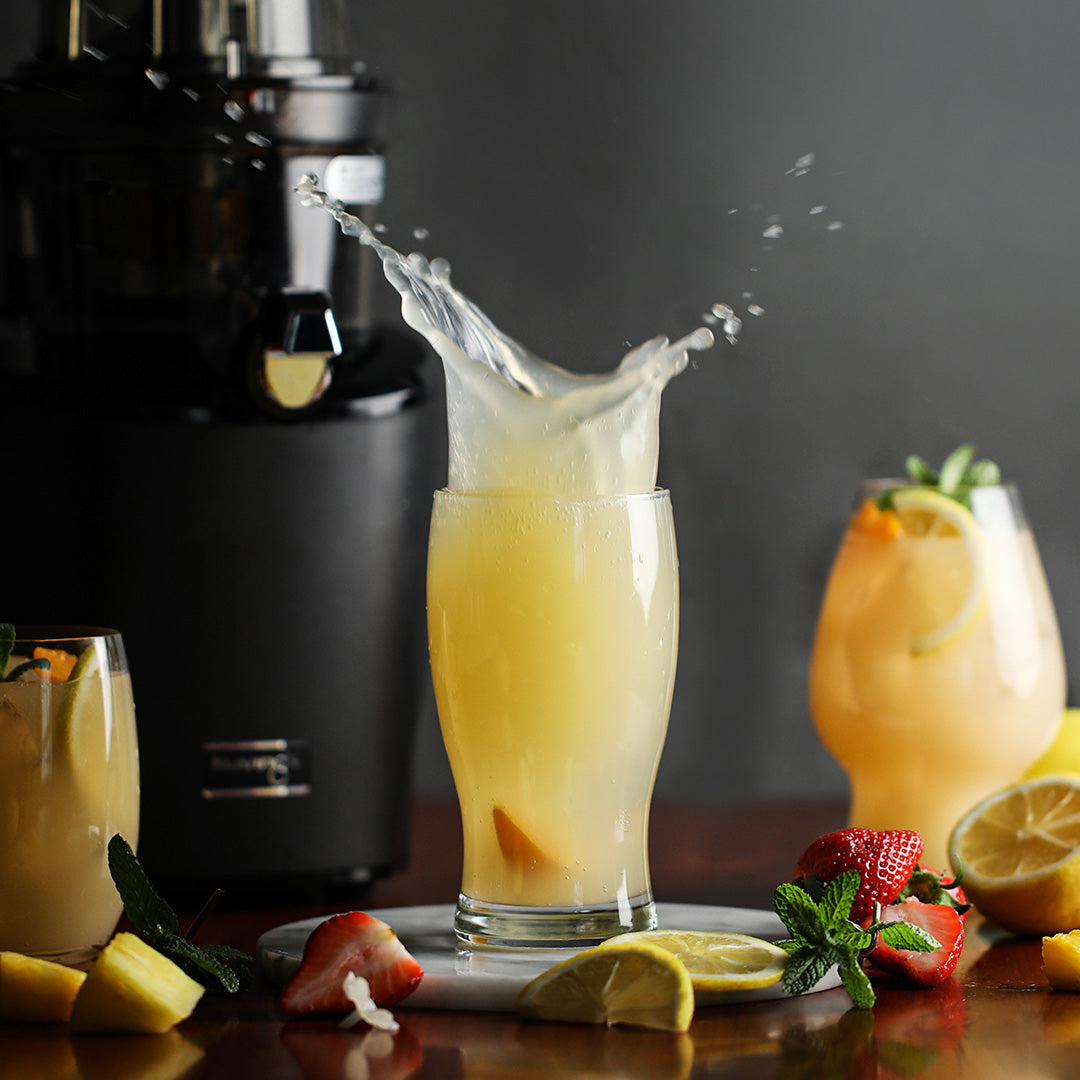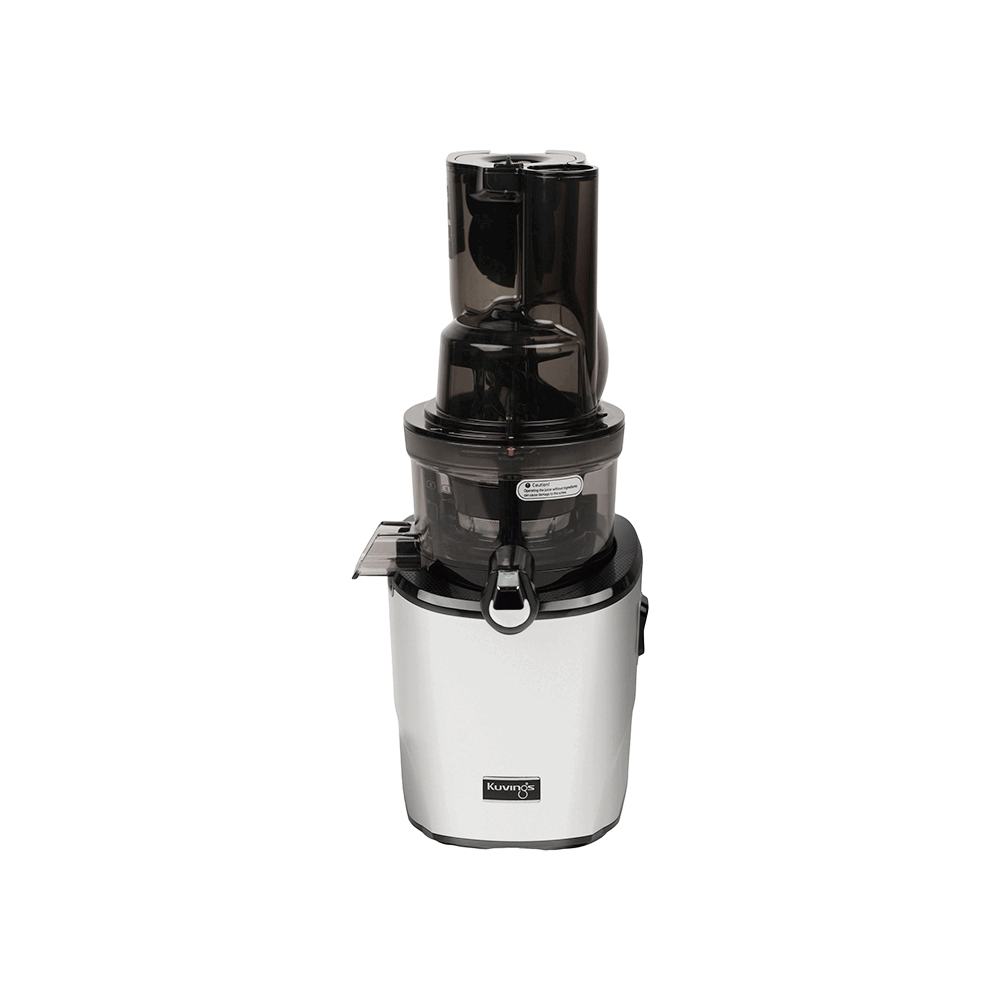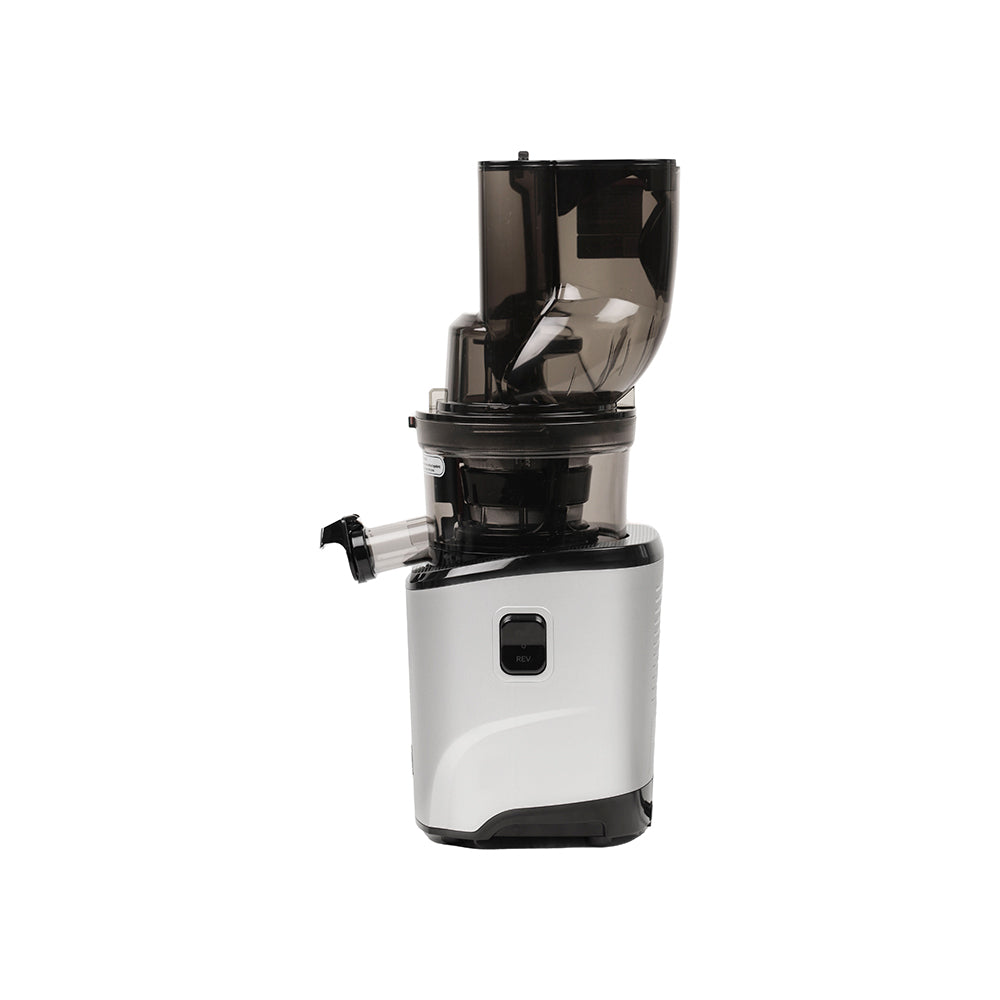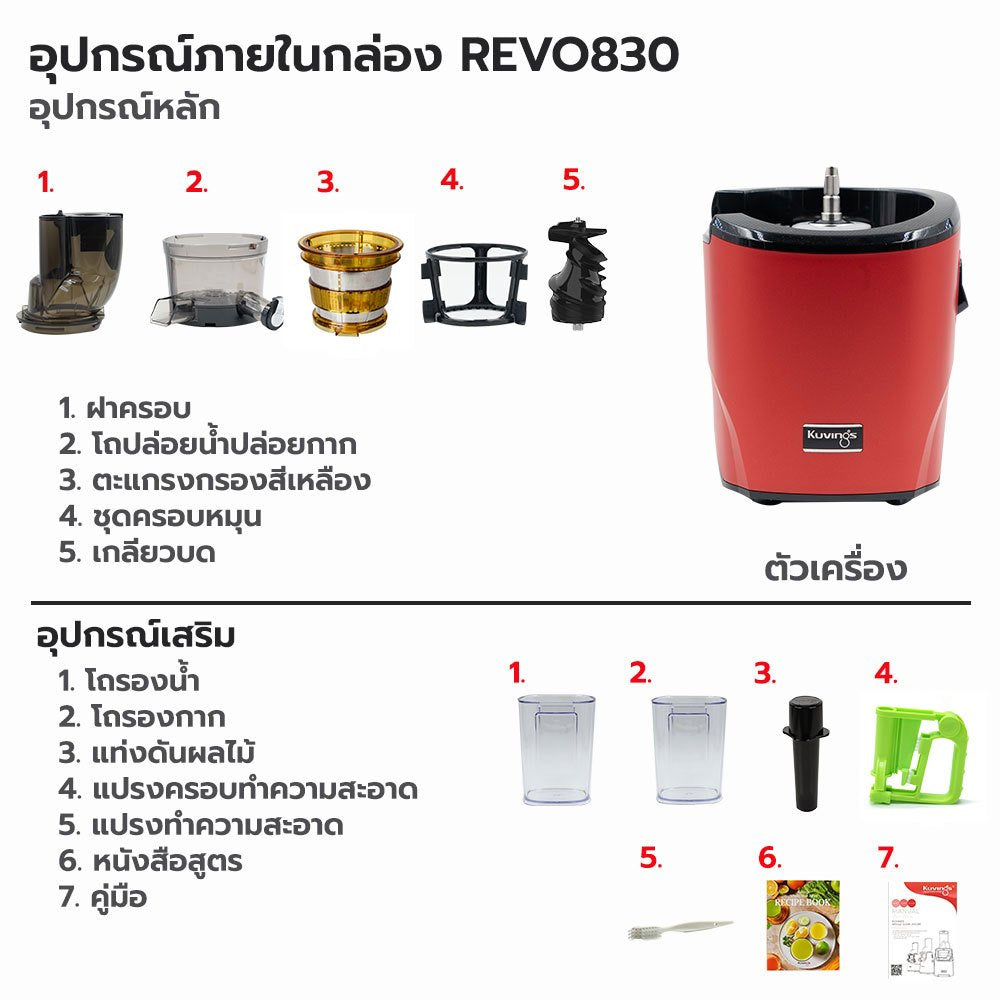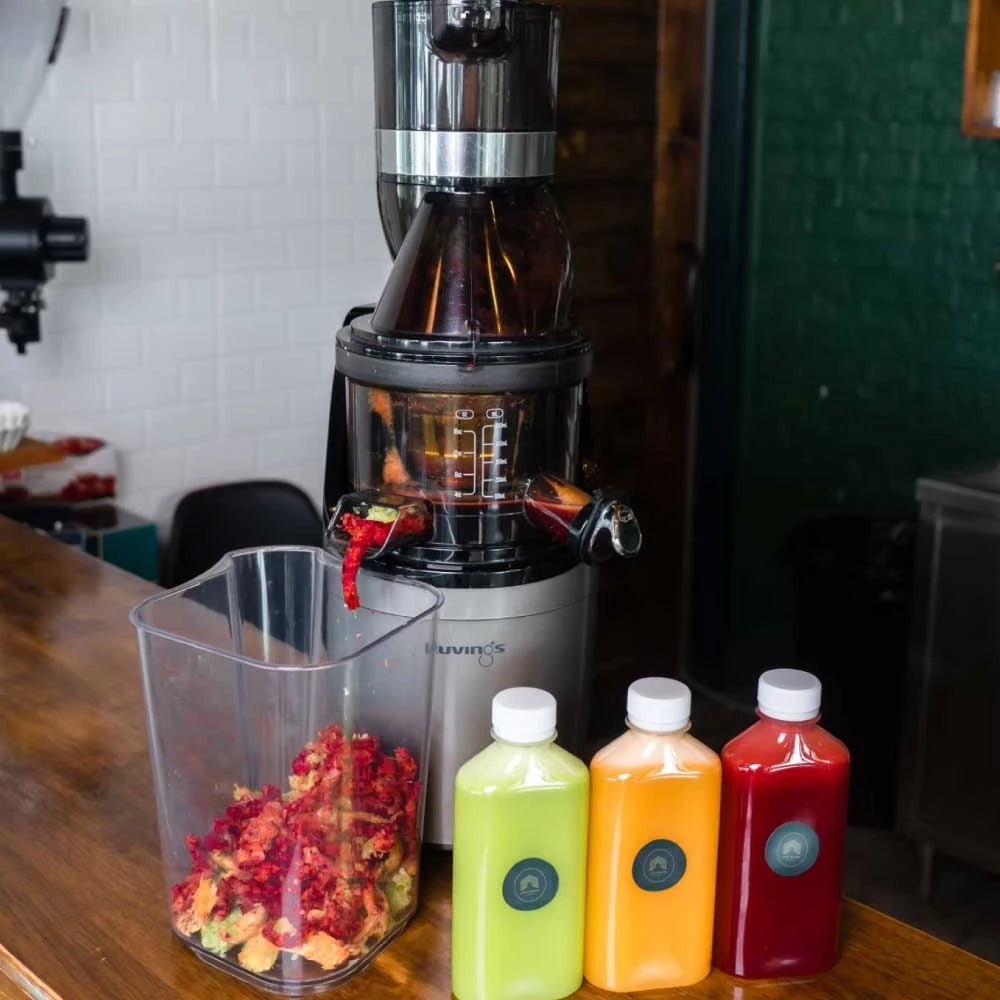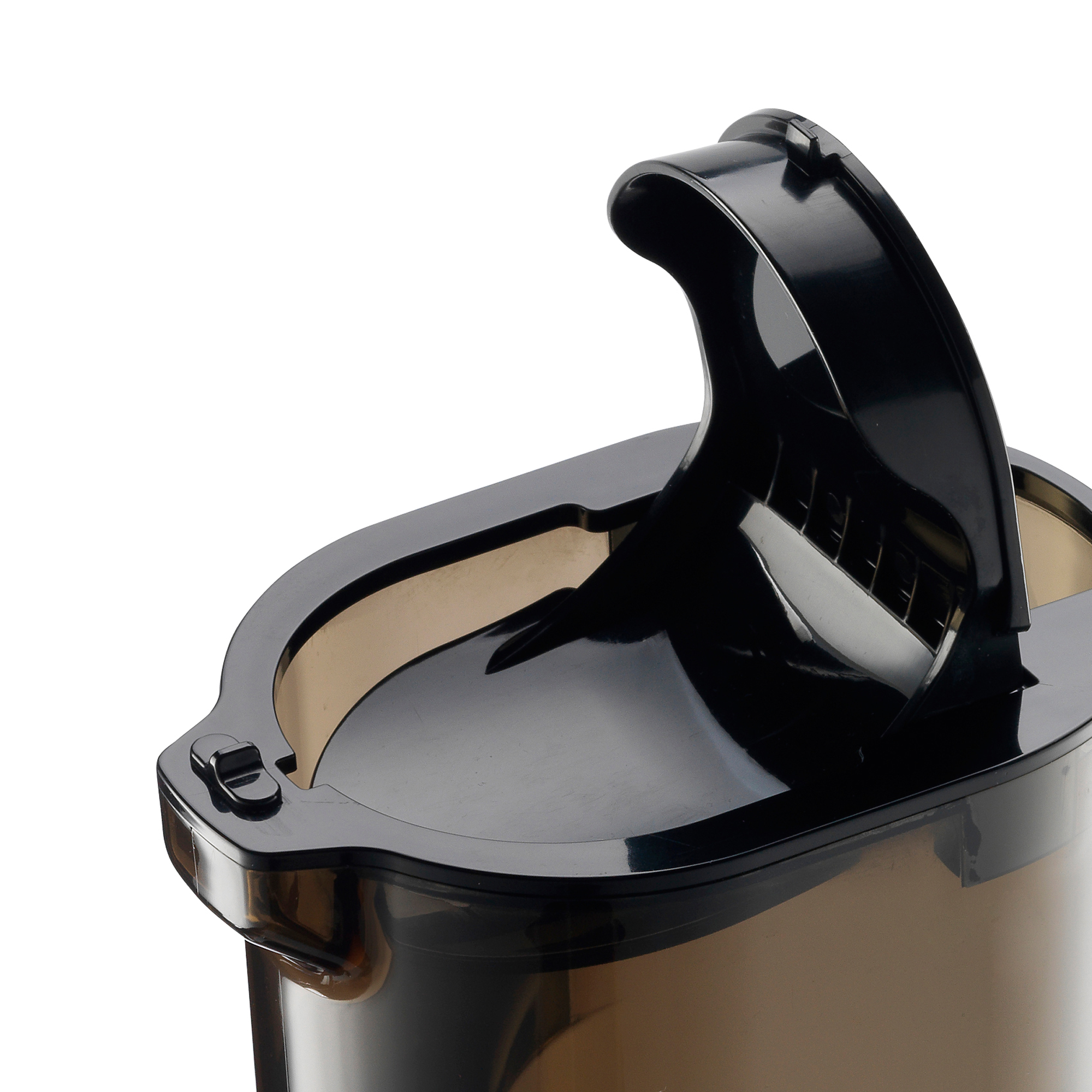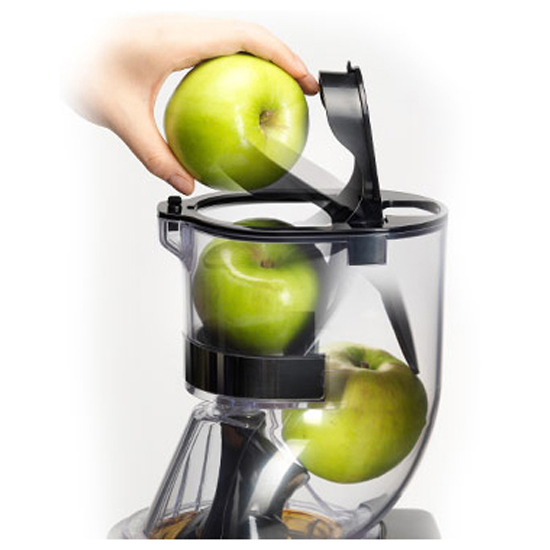Chiang Da vegetable ( Gymnema inodorum ) is a local vegetable of the northern region that is popularly consumed by local people. Some people will call it Phak Chiang Da, Phak Chiang Da , Phak Muan Kai or Phak Seng, depending on what you call it. Characteristics of Chiang Da vegetables It is a creeping plant with a green trunk. The parts above the ground have a milky white sap. The leaves are single. The flowers are in clusters and are yellow or green. The fruit is a spear-shaped vegetable.
Propagation Commonly used by cuttings or seed planting. Chiang Da is a drought-tolerant plant but can grow well in loamy soil with good drainage. It is commonly planted along the edge of a fence or allowed to climb overhangs or lean on nearby trees.
nutritional value
The young shoots and young leaves of the Chiang Da vegetable have a mild bitter taste. and has very high levels of free radicals In 100 grams of Chiang Da vegetables, there are 60 calories of energy, approximately 87.9% water, 153 milligrams of vitamin C, 5905 micrograms of beta-carotene, 984 micrograms of vitamin A, 78 milligrams of calcium , 98 milligrams of phosphorus, 2.5 grams of dietary fiber, 5.4 grams of protein , 1.5 grams of fat , and 8.6 carbohydrates. gram
medicinal properties
Chiang Da vegetables have many properties such as
- Helps reduce sugar
- Cure the flu
- Used to treat constipation and hemorrhoids.
- Helps eliminate various toxins residue in the body
- Helps restore and nourish the pancreas to be strong.
- Helps lose weight
- Helps relieve joint and bone pain.
- Helps relieve allergy and asthma symptoms.
Thai Chiang Da vegetables have research results. About lowering blood sugar and reducing fat Japan has patented products from Chiang Da vegetables. in reducing blood sugar and reducing fat Both pictures of drinks and dietary supplements Because in addition to the word gymnema being derived from the word " gurmar " in the Hindu language, which means sugar killer, in Chiang Da vegetables, important substances in the triterpene saponin group called gymnemic acid are found, which have the effect Inhibits sugar transport Slows down the absorption of sugar in the small intestine. Gymnemic acid also stimulates the creation and repair of beta cells in the islets of Langerhans in the pancreas, stimulating increased insulin secretion. As a result, blood sugar decreases.
Animal studies found that the saponin extract obtained from Chiang Da leaves contained 75% ethanol. and triterpenoids from Chiang Da vegetables It can inhibit guinea pig distal intestinal contractions induced by potassium. This is a result of inhibiting the introduction of glucose from outside into the cell. When the oral glucose tolerance test ( OGTT) was administered to rats with glucose solution at a dose of 1 g/kg body weight, it significantly reduced blood sugar levels at time 15. minutes and 30 minutes after the test, respectively.
Clinical studies in normal volunteers Found that when drinking tea in Chiang Da (Contains 1.5 g. of dried Chiang Da leaves, brewed with 150 ml. of hot water) immediately or 15 minutes after the sugar test. Effective in reducing blood sugar levels significantly. And the effect of reducing blood sugar is directly proportional to the dose received ( 19) . And eating 1 glass of Chiang Da tea per day immediately after a meal for 28 days continuously can control the peak blood sugar level ( peak plasma glucose concentration) well. than the group that did not eat However, when conducting a study in patients with type 2 diabetes, they were given tea prepared from dried Chiang Da leaves, 1.2 g., brewed in 150 ml. of hot water, 3 times a day, 15 minutes after meals, for 8 weeks in a row, along with eating. Prescription medicine But Chiang Da tea's anti-diabetic effect was not found.
It can be seen that there are not many studies on the blood sugar lowering effect of Chiang Da vegetables. Especially studies in patients with diabetes. But Chiang Da vegetables have good potential to be used as another option for those who want to control their initial sugar levels. Moreover, Chiang Da vegetables are local vegetables that have been eaten as food for a long time. And there have been no reports of toxicity from eating. However, if diabetic patients who take modern medicine and want to eat Chiang Da vegetables Should be used with caution. Because it may enhance the effect of medicine. Until it can cause blood sugar to be too low.
Menu
Young leaves, shoots and flowers of Chiang Da vegetables are popularly blanched and eaten with chili paste or mango salad. Stir-fry with oyster sauce or stir-fry with eggs. A very popular menu item is curry with dried fish. Or bring it into a curry with other vegetables, such as vegetable Huan or vegetable gourd, Chiang Da vegetable curry with grilled fish. It has the following components.
- Young shoots and leaves of Chiang Da vegetables
- Tomatoes: If you want them to be delicious, use local varieties of tomatoes.
- dried fish
- Curry paste consists of dried chilies, onions, garlic, and shrimp paste.
- pickled fish
How to make: Boil dried fish in a pot until boiling. When finished, scoop out the dried fish and remove the fish meat. Add the curry paste followed by the dried fish meat. Add Chiang Da vegetables and tomatoes. Add fermented fish and season to taste.
Thank you for coming.
pharmacy.mahidol.ac.th/th/knowledge/article/432/Chiang Da vegetable-reduces blood sugar


